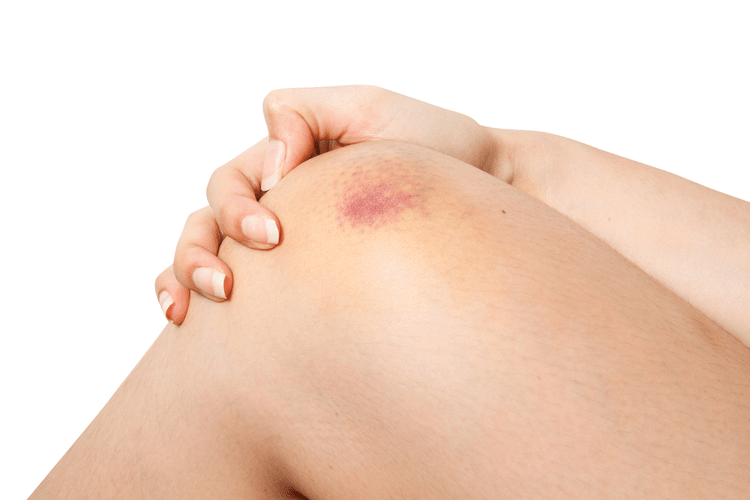- 07/07/2021
- -
- Ebu Davud
- -
- Sober living
- -
- Komentari isključeni za Heroin Addiction Symptoms & Signs What To Look For
The most impactful physical side effect of using heroin is death. Per the National Institute on Drug Abuse, in 2014, there were more than 10,000 heroin overdose fatalities in the US. In all years from 2001 to 2010, the number of heroin overdose deaths stayed below 4,000. In 2012, there were almost 6,000, and in 2013, there were about 8,000. Additives in heroin can also coagulate and clog blood vessels, such as arteries and veins. This can lead to heart attacks, strokes, and permanent organ damage.

Many heroin users enter a hazy, trance-like state known as going “on the nod.” A person who is on the nod may seem very alert one second and then appear to go in and out of consciousness. It can happen anywhere — in bed, sitting up at the dinner table or even while standing. If you or someone you know shows these signs, call 911 immediately. In the U.S., all 50 states have good Samaritan laws that provide legal protection for the caller and the person who overdosed.
Signs of heroin abuse
Right after you take heroin, you get a rush of good feelings and happiness. Then, for several hours, you feel as if the world has slowed down. Heroin is a drug that comes from a flower, the opium poppy, which usually grows in Mexico, Asia, and South America. It’s very addictive and has been illegal in the United States since 1924. It can look like a white or brown powder, or a sticky black “tar.” It’s also called horse, smack, junk, and brown sugar, among other names. The use of heroin inevitably involves a shift in the affected person’s behaviors.

Because most heroin users inject the drug intravenously, they are also at a higher risk of contracting bloodborne infectious diseases such as hepatitis B, hepatitis C, and HIV/AIDS. People who are addicted to Heroin have an increased risk of attempting suicide. Sometimes suicides are committed through intentional overdoses.
What To Do If You Suspect Teen Drug Use
Knowing the alternate names can help you identify heroin abuse through conversations you may overhear. When an addict is snorting or smoking heroin, there are certain physical symptoms that will manifest. Someone who is smoking heroin will have sores on their nostrils or lips because they have burned and then irritated the skin in those areas. If a person has been snorting heroin, they will quite often get a lot of nosebleeds.
- They are able to manipulate these prescriptions by crushing them and snorting, smoking, or injecting them.
- Some may still choose to avoid exposure, but no one should be left in agony because of false beliefs that this protects against addiction.
- Long-term use of heroin can create potentially permanent changes to the structure of your brain.
- You can recover from heroin use disorder when you receive the right treatment.
- The primary sign of dependence is experiencing symptoms of heroin withdrawal within as little as six to 12 hours after last using heroin.
Heroin use disorder is covered in the DSM-5 under opioid use disorder. Long-term use of heroin can create potentially permanent changes to the structure of your brain. It may leave you with challenging hormonal and neuronal system imbalances. Over time, you may need more and more of it to experience the same effects. If you yourself are using, you might realize that you need to ingest more and more heroin to achieve the same pleasurable feeling you used to get with less of the drug.
What heroin does to your brain and body
If this happens, the baby may experience neonatal abstinence syndrome. They will need to detox and go through withdrawal after birth. Other behavior and lifestyle changes can accompany heroin use. Heroin injections heroin addiction treatment leave needle marks, so many addicts wear long-sleeve clothing to hide their scars, even in warm weather. If they’re worried their addiction will be discovered, they may withdraw from friends and family members.
Najnoviji komentari